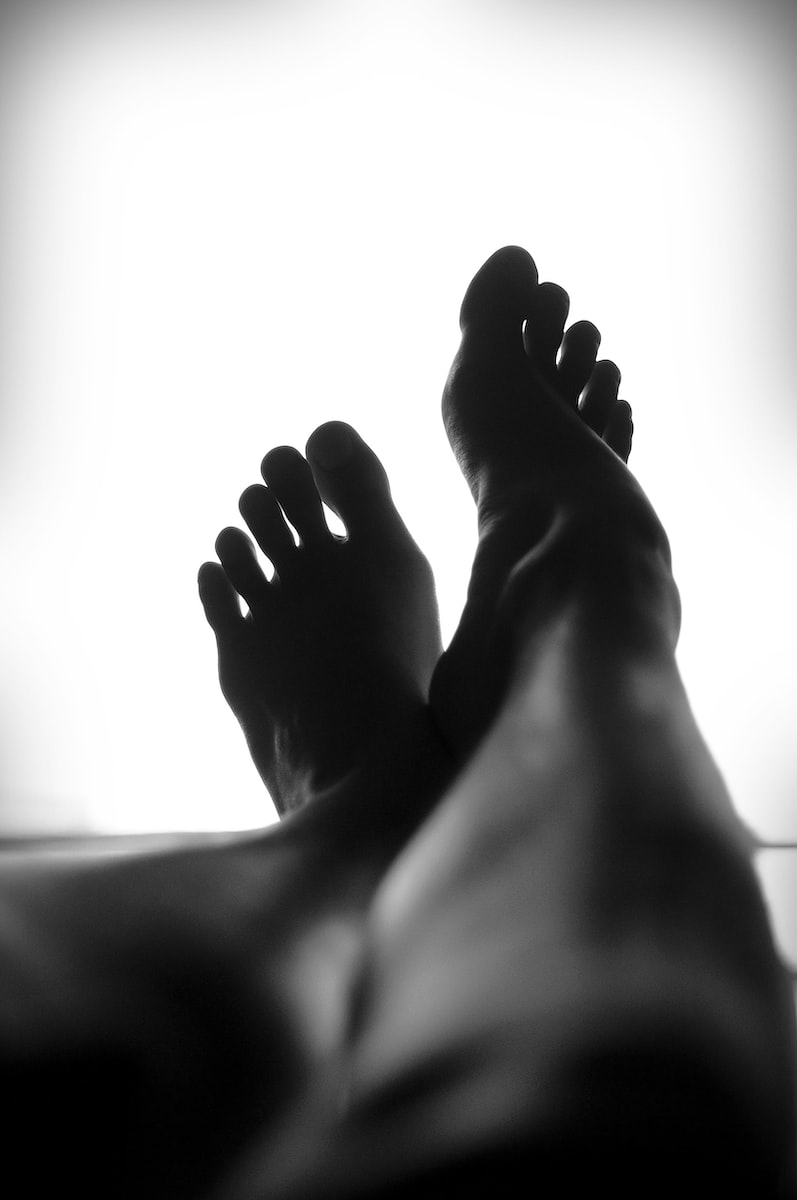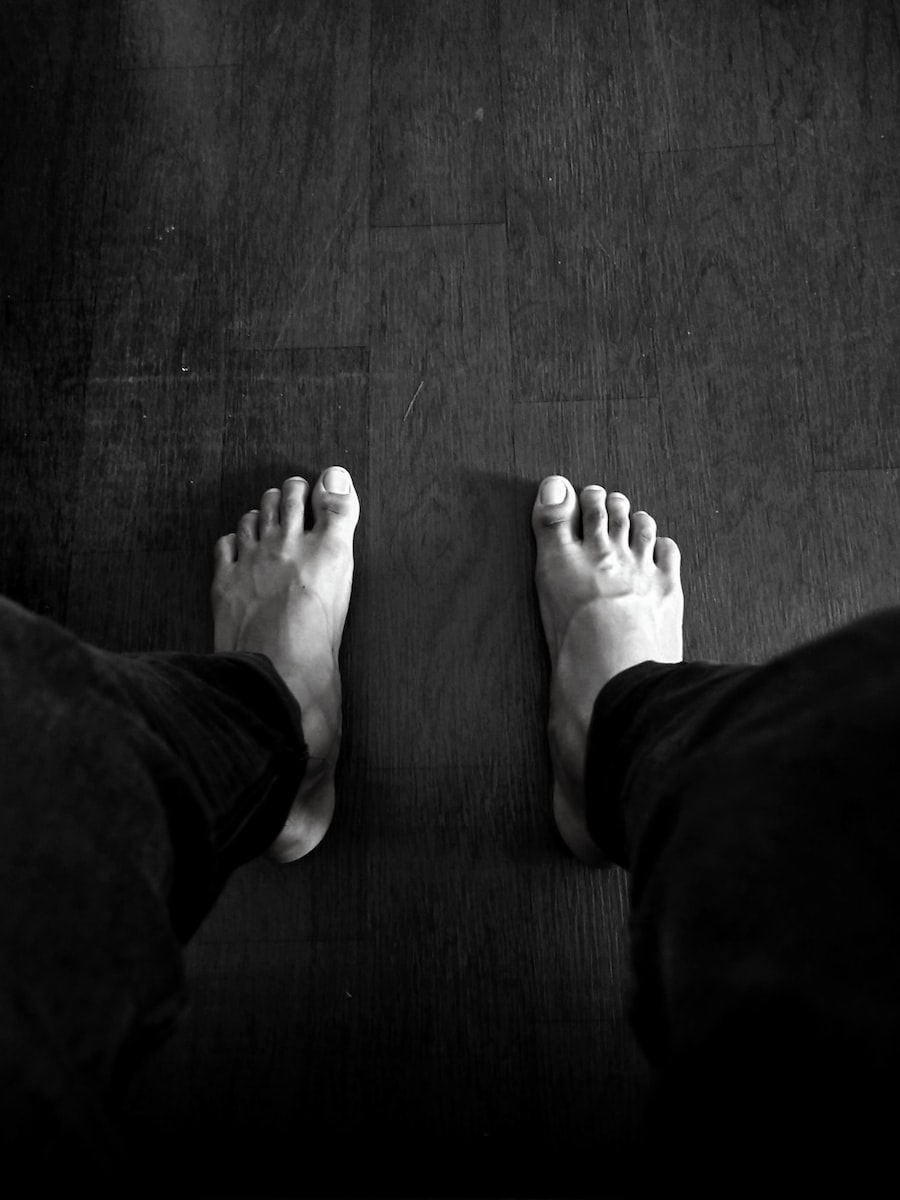
Plantar Fasciitis is inflammation and irritation of the plantar fascia – the ligament that runs from your heel bone to your toes. It can become painful due to long periods of standing, improper footwear, obesity, overuse, or exercise. Your doctor or massage therapist may recommend a Plantar Fasciitis Massage if you have plantar fasciitis. The deep strokes involved in this treatment help to relieve tension, reduce adhesions, and eliminate pain in the foot.
45 min | 60 min | 90 min | 120 min


your first massage!
45 min

If you have tender, sore feet or are dealing with plantar fasciitis, a Therapeutic Foot Massage is the right service for you.
Your treatment will begin with a short assessment. Your massage therapist will go over your health history and any issues you want to address. You may or may not be asked to partially undress and lie under the linens on the table.
The modalities your therapist may choose to incorporate are; medium to deep tissue techniques, muscle stripping, cross fibre friction, myofascial release, soft tissue release, scar tissue release, and hydrotherapy.
You may feel some discomfort or tenderness during a therapeutic foot massage. It is important to maintain a dialogue on your comfort levels so your therapist can make adjustments with the pressure and techniques being utilized. Please understand that not all issues require deep tissue work or prolonged deep pressure. Your therapist is trained to identify the source of your issue and treat it as needed.
After the massage, you may feel relaxed and rejuvenated. It’s important to drink plenty of water to help flush out any toxins that were released during the massage. Your therapist may also provide you with some aftercare advice, such as remedial exercises, stretching or self-massage techniques to help facilitate your rehabilitation and progress. A return date for your treatment plan will also be suggested to keep you on track.

Expect to feel some discomfort as deep tissue and myofascial release techniques are used to help reduce tension, pain, and adhesions. If your therapist has additional time they will provide therapeutic massage to other immediate areas of concern or for relaxation.
If you’re planning on getting a Therpuetic Foot Massage, here are some important things to keep in mind:

Click the BOOK NOW button to schedule your Plantar Fasciitis Massage. Get back to living your life, free of pain.
The origin of plantar fasciitis massage is unclear, but it’s been used for years to relieve pain. Specific techniques were developed over time. Today, it’s a common treatment for the foot condition.
While there is no exact date or person credited with the invention of plantar fasciitis massage, it remains a valuable tool in managing the discomfort of the condition and improving overall foot health. Continued research and development of massage techniques will likely improve the effectiveness of plantar fasciitis massage in the future.
Plantar fasciitis massage is a manual therapy that targets the plantar fascia, a thick band of tissue that runs across the bottom of the foot, to relieve pain and promote healing.
Plantar fasciitis massage helps to increase blood flow, reduce inflammation, and break up adhesions in the plantar fascia, which can alleviate pain and discomfort in the foot.
While plantar fasciitis massage is generally safe, some people may experience temporary soreness or discomfort in the foot following a massage session. Additionally, people with certain medical conditions, such as a blood clot or osteoporosis, should avoid massage therapy.
The frequency of plantar fasciitis massage sessions will depend on the severity of your condition and your individual needs. Some people may benefit from weekly sessions, while others may only require monthly or occasional sessions to manage their symptoms.
Yes, self-massage techniques can be effective for managing plantar fasciitis pain. Rolling a tennis ball or frozen water bottle under the foot can help to massage and stretch the plantar fascia. However, it is important to use caution and not apply too much pressure, which could exacerbate the condition.